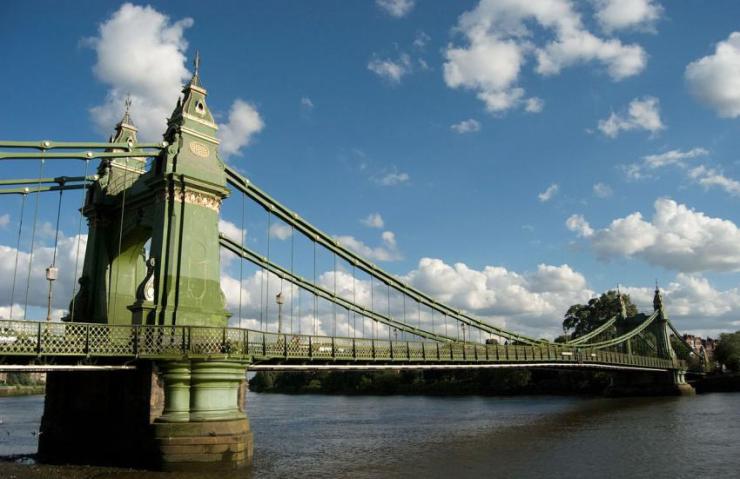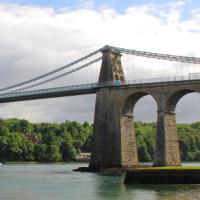The stabilisation works are necessary to prevent future closures of the 135-year-old Grade II* listed bridge. Closures would affect pedestrians, cyclists and river traffic below.

The start of the project follows safety investigations carried out by bridge engineers working for Hammersmith & Fulham (H&F) Council. The council has said that the alternative US$12 million stabilisation programme developed by its engineers will save local and national taxpayers US$28.4 million compared to the previous Transport for London (TfL) proposal (link opens in new tab). It will also require a considerably shorter construction period, said the council.
The works, which will take about nine months to deliver, are being undertaken by contractor FM Conway and its subcontractors, Freyssinet and Taziker Industrial.
As part of the stabilisation works, the contracting team will be removing all the casings of the four corner cast-iron pedestals. Once the four have been removed, the contractor is required to fill the pedestals with concrete, install steel frames around them and jack-up elements of the structure to replace the bearings.
The casing removals and jacking operations will be undertaken using cranes that will be positioned on the carriageway at both entrances to the bridge.
H&F said that it has decided to approve the project funding in full, rather than wait for TfL and the UK government’s Department for Transport (DfT) to pay their share. The council said that it is anticipated that DfT and TfL will subsequently reimburse it with their one-third shares as announced by the government last year (link opens in new tab).



